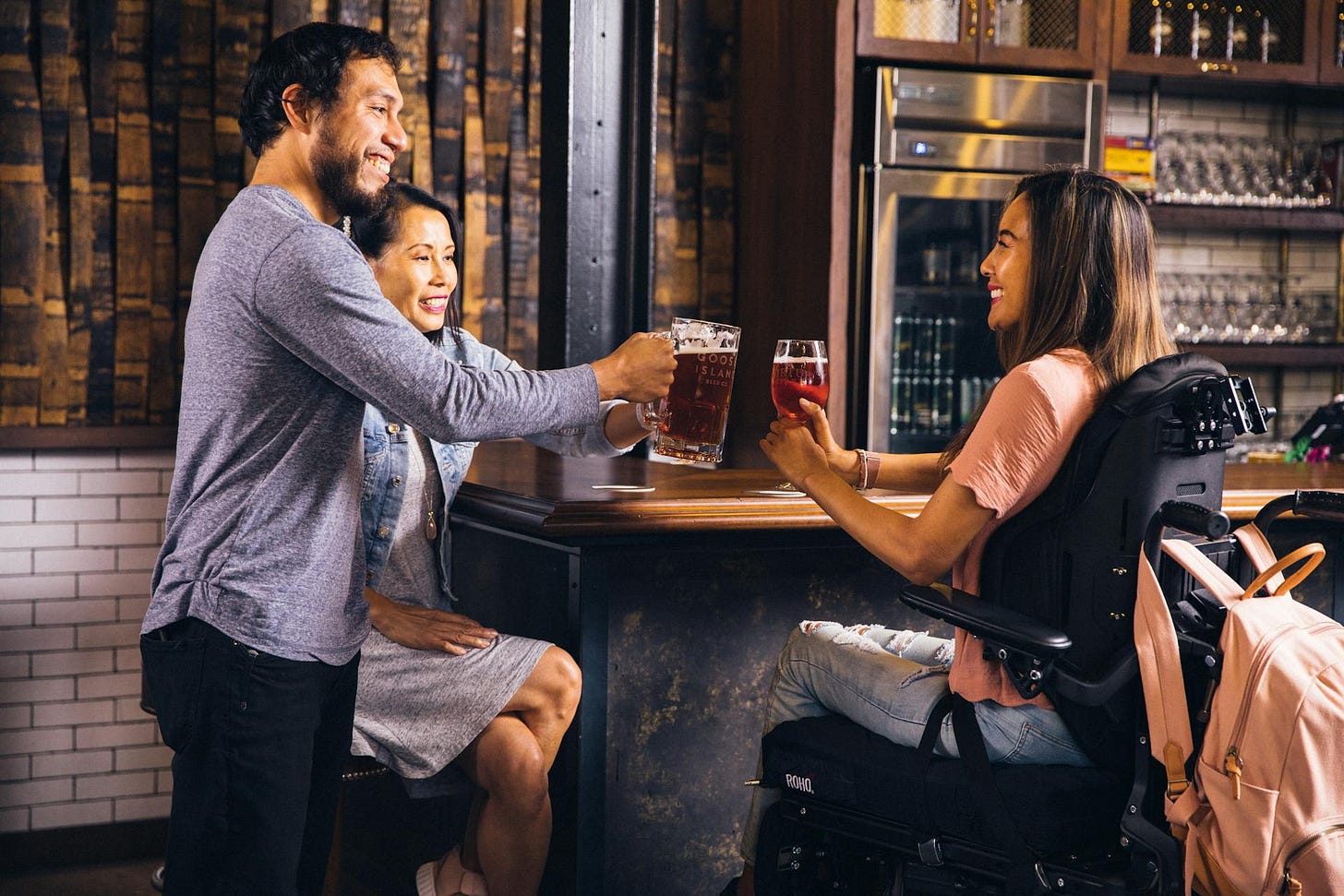
When people hear the word accessibility, they often think of ramps, elevators, or wheelchair-friendly entrances. But accessibility is so much more than that. It’s not just about ticking off a compliance checklist, it’s about making sure that people with disabilities (like myself) can navigate and fully participate in the world without unnecessary barriers. Accessibility isn’t just about physical spaces; it’s about digital spaces too. And trust me, I’ve had my fair share of experiences—both good and bad—when it comes to navigating an inaccessible world.
What is Accessibility?
At its core, accessibility means ensuring that everyone, regardless of ability, has equal access to spaces, information, and experiences. It’s about inclusion. It’s about respect. It’s about dignity.
Accessibility takes many forms:
Physical Accessibility – Think ramps, automatic doors, wide hallways, accessible bathrooms, and proper signage. It’s about making sure that a space is designed so that people with disabilities can move freely and comfortably.
Digital Accessibility – Websites, apps, social media, and other online platforms should be designed so that people who use screen readers, voice commands, or other adaptive technologies can engage just as easily as everyone else.
It sounds simple, right? But let me tell you, the reality is often far from perfect.
Accessibility in Everyday Life: My Personal Experiences
I was born with muscular dystrophy, and while I’ve always been determined to live life on my own terms, the world hasn’t always made it easy for me. I could go on for hours about the places I’ve struggled to access, the awkward encounters, and the times I’ve had to fight for what should already be a given. But let me share a couple of moments that really stand out.
Navigating Cambridge: A Tale of Two Cities
Cambridge, Massachusetts, has been my home and my playground in so many ways. It’s an incredible city filled with innovation, history, and culture. But as much as I love Cambridge, I can’t ignore the accessibility challenges that still exist.
I remember one evening when I was supposed to meet a friend for dinner at a new restaurant. I had checked online beforehand to see if it was wheelchair accessible. The website said it was, but when I arrived, I was met with a small flight of stairs and no ramp.
I was stuck…
Keep reading with a 7-day free trial
Subscribe to Embracing Disability to keep reading this post and get 7 days of free access to the full post archives.


